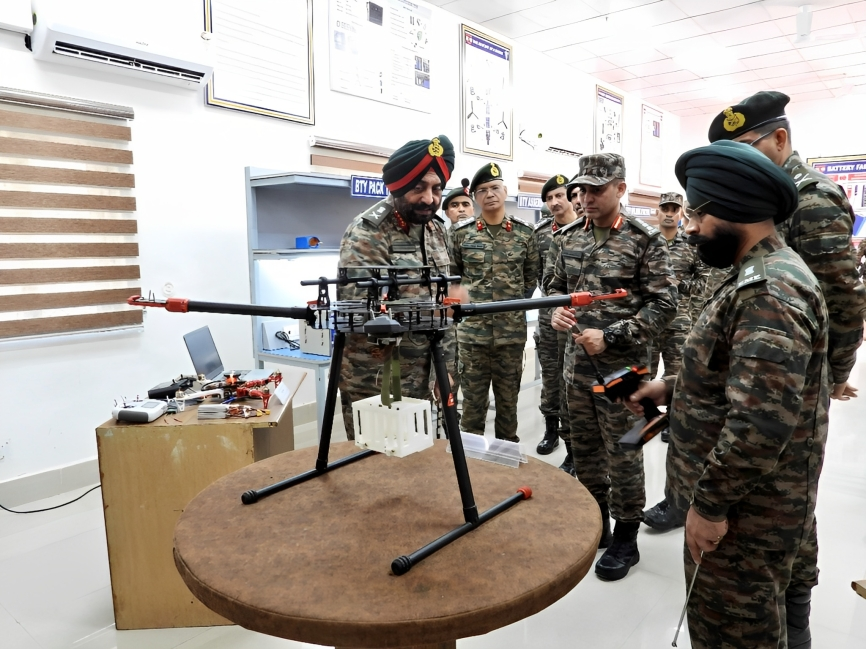Lieutenant General Manjinder Singh, General Officer Commanding-in-Chief South Western Command, concluded a two-day visit to the Suratgarh Military Station today, aimed at evaluating the operational preparedness and combat efficiency of Indian Army units in the region. The high-level visit came in the backdrop of heightened security concerns following the recent escalation along the India-Pakistan border and the successful execution of Operation Sindoor.
During the visit, Lt Gen Singh was given a detailed briefing on current operational deployments, security mechanisms, and the battle readiness of stationed forces. A significant portion of the discussions centered around the performance of the units during Operation Sindoor, which was launched in response to a coordinated drone and missile attack by Pakistan on May 7 and 8. Despite targeting over 15 strategic locations including Srinagar, Jammu, Pathankot, Amritsar, Chandigarh, and Bhatinda, the Pakistani assault was effectively neutralized by India’s integrated air defense systems.
Lt Gen Singh also inspected the Suratgarh Air Force Station, where he interacted with Air Force personnel and commended the synergy between the Indian Army and Indian Air Force. He lauded the troops for their discipline, courage, and precision during Operation Sindoor, which showcased India’s capability to deliver a calibrated yet powerful response to aggression. He reiterated the importance of inter-service cooperation and the need to sustain high levels of combat readiness to meet any emerging threat scenarios.
The visit featured hands-on evaluations of armored capabilities, including upgraded T-90 and T-72 tanks equipped with platform-based anti-drone systems. These upgrades reflect the Indian Army’s evolving approach to modern warfare, where counter-drone technology has become critical. A live demonstration of a counter-unmanned aerial system (C-UAS) drone system was also conducted, showcasing India’s indigenously developed capabilities to detect, track, and neutralize aerial threats. The move signals the Army’s intent to incorporate lessons from recent global conflicts where drone warfare has shifted the nature of battlefield dynamics.
Operation Sindoor also saw India assert its technological and strategic edge through targeted strikes on Pakistani air defense infrastructure, including the disabling of a radar installation in Lahore. The Indian government described the Pakistani attacks as an unprovoked and grave escalation, especially as they resulted in the deaths of 16 Indian civilians, including women and children, due to indiscriminate shelling across Jammu and Kashmir sectors.
Lt Gen Singh emphasized that the operational success of Operation Sindoor has not only elevated troop morale but also underscored India’s growing defense capabilities and self-reliance. The visit to Suratgarh served as a reaffirmation of the Army’s commitment to defending national sovereignty and maintaining a proactive posture in the face of evolving threats. As tensions along the Line of Control persist, the Indian Armed Forces continue to conduct rigorous joint training and technological integration, ensuring a swift and decisive response to any future provocation.













